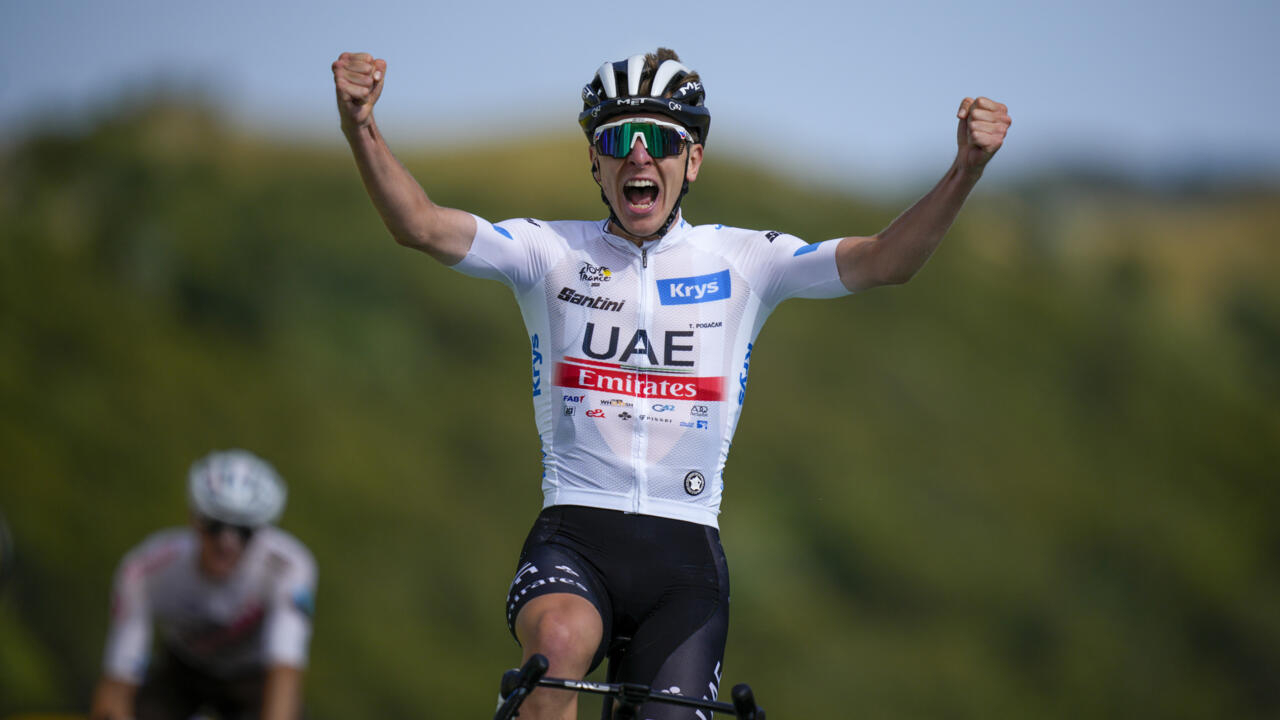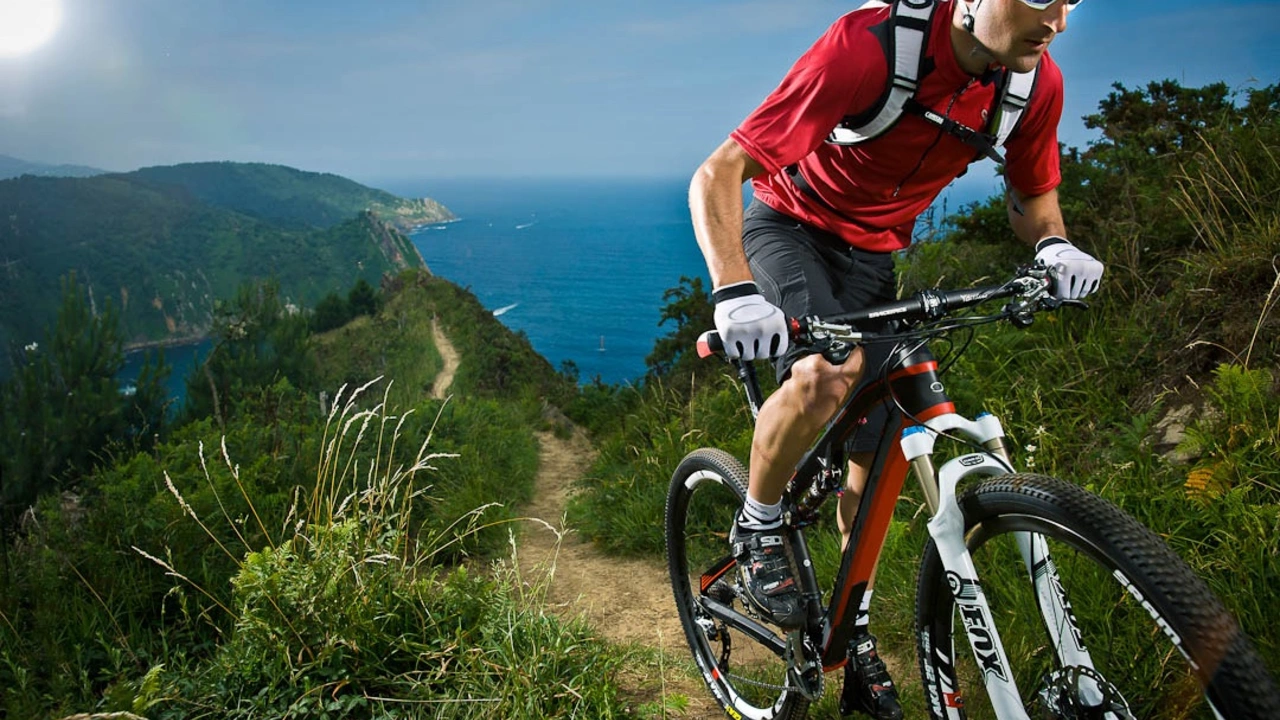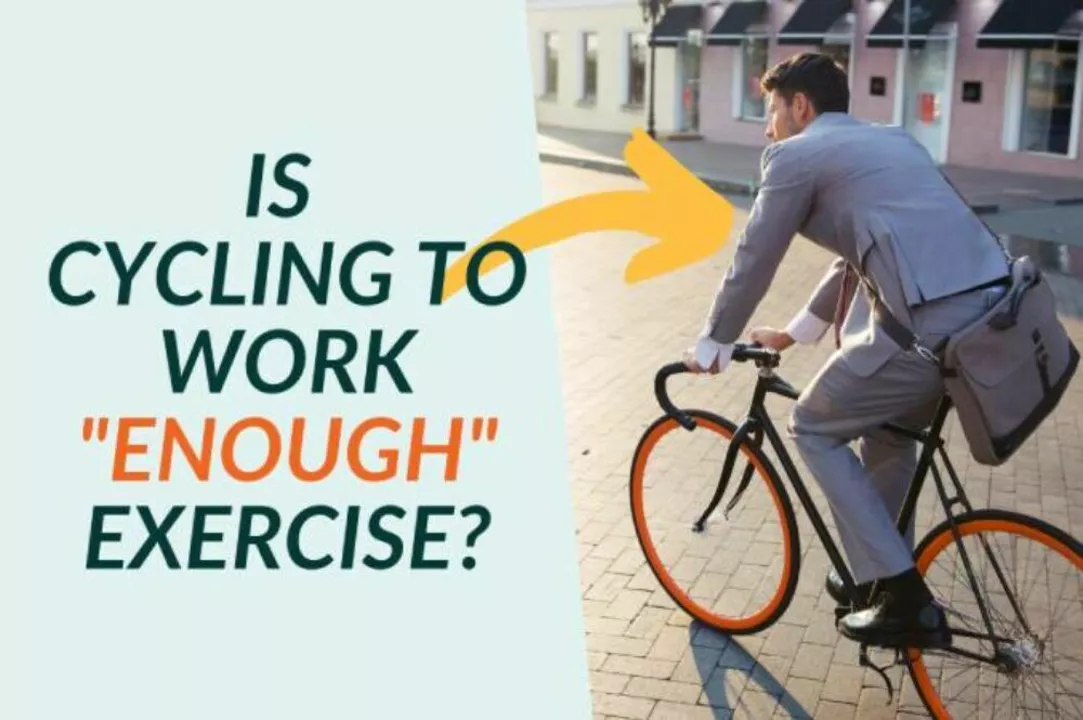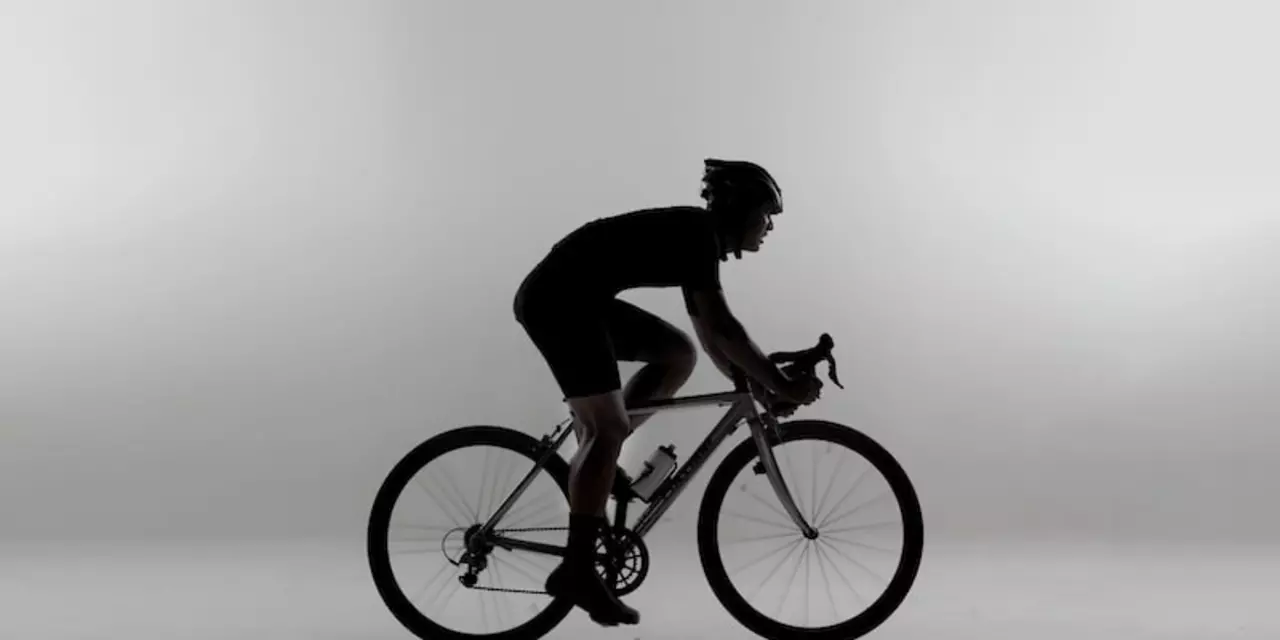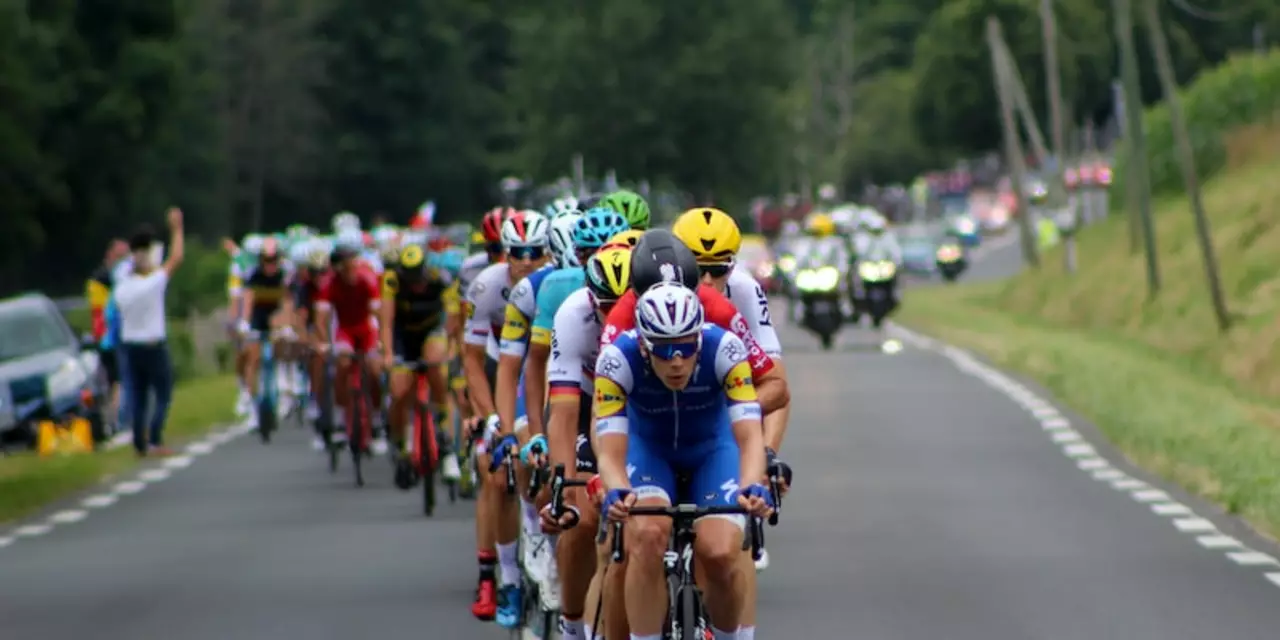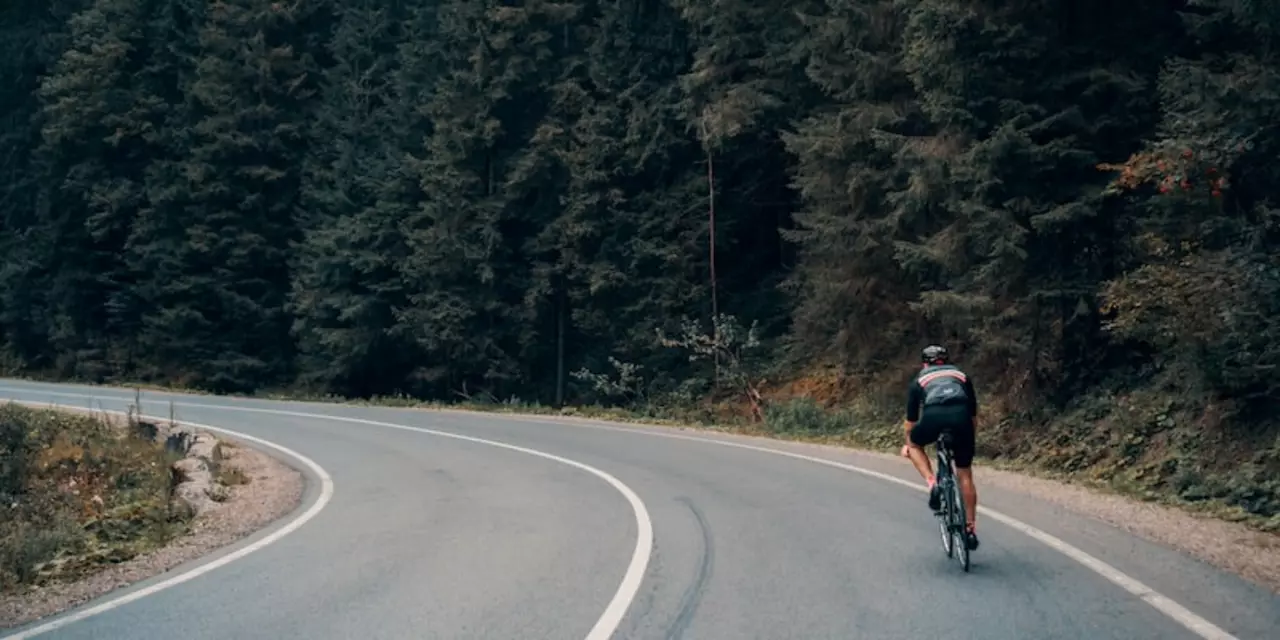Cycling Tips, Gear & Training – Your Go‑To Guide
Whether you’re rolling to work, chasing a personal best, or just loving the wind on your face, the right info can turn a good ride into a great one. Below you’ll find practical advice pulled from our most popular cycling posts, all written for everyday riders.
Gear & Apparel Essentials
First up, let’s talk about what you wear. Bike shorts aren’t just a fashion statement; they’re built to keep you comfortable on long miles. The padded liner reduces chafing, while the stretchy fabric cuts wind resistance. Pair them with a breathable jersey and you’ll notice less fatigue after a few hours on the road.
Thinking about upgrading your bike? Tour de France machines are the benchmark for performance. They use ultra‑light carbon frames, aerodynamic tube shapes and precision‑engineered drivetrains. You don’t need a $10,000 bike to feel the difference – even a mid‑range carbon model can give you a smoother, faster ride compared to a basic steel or aluminium frame.
Training & Performance Tricks
Post‑race pedaling might look like showboating, but it’s actually smart recovery. Keeping the legs moving helps flush out lactic acid, prevents stiffness and eases your heart rate back to normal. Treat the cooldown like a gentle stretch for your muscles.
If you’re mixing cycling with running, you’ll appreciate the cross‑training boost. Cycling builds leg strength in muscles that running rarely hits, like the glutes and hip flexors. It also offers a low‑impact cardio session, lowering injury risk while still sharpening your aerobic engine. Many runners report a quicker cadence and smoother stride after a few cycling weeks.
Can a short daily ride count as real exercise? Absolutely. Cycling just 5 km a day delivers enough cardio to improve heart health, burn calories and boost mood. The key is consistency – a steady habit beats an occasional marathon ride.
For those stuck inside, a stationary bike can be your daily workout buddy. Riding every day is fine as long as you adjust the seat, maintain good posture and vary intensity. Too much high‑intensity work without rest can lead to overtraining, so sprinkle in easy spins and stretch afterward.
Long indoor sessions, like two‑hour rides, are doable but should be planned. Keep the resistance moderate, stay hydrated, and listen to your body. If you feel excessive fatigue, cut the session short and recover.
Putting these tips together gives you a well‑rounded cycling routine: wear the right shorts, consider a lighter frame, cool down properly, and mix in short rides or indoor sessions to stay fit year‑round. Want more detailed articles on each topic? Browse our tag archive and dive into the full guides.
Have any women ever tried to qualify for Tour de France?
Absolutely, women have indeed attempted to qualify for the Tour de France! The most notable is probably British cyclist, Kathryn Bertine, who spearheaded a campaign for a women's Tour de France. Women's participation has been a controversial issue since the race began in 1903, but it's important to note that a separate race, La Course by Le Tour de France, was introduced in 2014. Even so, many argue that it doesn't hold the same prestige as the men's race. It's clear that women's cycling is gaining momentum, but there's still a long road ahead for equal recognition in Tour de France.
MoreWhat is an MTB bike?
An MTB bike, or a Mountain Bike, is a type of bicycle designed for off-road cycling. These bikes are built with shock absorption features and sturdy, durable frames to tackle rough terrains like mountains, dirt trails, and rocky paths. They usually have wide, knobby tires for improved traction and balance. MTB bikes come in several types, like cross country, trail, enduro, and downhill, each designed for a specific type of mountain biking. Riding an MTB bike is a fantastic way to explore the great outdoors and get a solid workout.
MoreIs it considered enough exercise to cycle 5km a day?
Cycling five kilometers a day is a great way to get in some exercise. It's a low-impact activity that's easy on the joints, and it's a great way to get some fresh air while getting your heart rate up. In addition to being a great form of cardio, cycling is a great way to build strength in your lower body and core muscles. Cycling can also be a great way to unwind and de-stress after a long day. Whether you're just getting started with an exercise routine or you're an experienced cyclist, five kilometers a day is a great way to stay active.
MoreHow can Tour de France cyclists go so fast for so long?
The Tour de France is an annual multi-stage bicycle race that has been held throughout France and, occasionally, in neighboring countries since 1903. Cyclists participating in the race have to cover a large distance, sometimes more than 2000 km, in a relatively short period of time. This requires a lot of physical and mental strength from the cyclists. To do this, they must have a combination of aerobic fitness, muscular strength, and mental fortitude. Additionally, the riders must have proper nutrition, hydration, and rest to ensure that they can stay at their peak performance level for the entire race. By combining these components, cyclists in the Tour de France are able to go fast and remain strong for the entire race.
MoreHow far can you cycle comfortably without bike shorts?
Bike shorts are an essential part of cycling comfort: they provide cushioning and support to prevent chafing and saddle sores, and keep you cool on hot days. However, some cyclists prefer to go without bike shorts for a variety of reasons. This article provides tips on how to cycle comfortably without bike shorts, including proper bike fit and the use of chamois cream or an alternative padding. Furthermore, the article outlines how far you can comfortably cycle without bike shorts, depending on factors such as saddle type, bike fit, and your own personal cycling experience. In conclusion, while bike shorts are an important part of cycling comfort, it is possible to cycle comfortably without them, provided that you make adjustments to your bike fit and use other protective measures.
MoreWhy are there teams in the Tour de France?
The Tour de France is one of the most popular cycling races in the world. Every year, teams of cyclists from all over the world compete in the race. The teams are composed of cyclists who work together to help each other reach the finish line. Teams are important to the Tour de France because they give the riders a sense of support and camaraderie while they are out on the course. This helps them to stay focused on their goals and perform at their best. Additionally, teams allow for a more competitive race as riders can use their teammates to help chase down opponents or to provide a draft for them. Ultimately, teams make the Tour de France a more exciting and dynamic race.
MoreWhy is Tour de France so popular?
The Tour de France is the world's most famous cycling race and is considered to be one of the greatest sporting events of all time. It is known for its grueling three-week course that winds through the French countryside and across some of the toughest terrain in Europe. The scenery, the history, and the culture of the race all contribute to its popularity. The race also has a great following of fans who follow the riders and the race from start to finish. The Tour de France has been held annually since 1903 and continues to be an iconic event in the world of cycling and sports.
MoreDo cyclists wear underwear?
This article addresses the question of whether cyclists need to wear underwear when riding a bike. According to experts, the answer is yes, because cyclists should wear clothes that are comfortable and provide the necessary support and protection, including underwear. Wearing underwear prevents chafing, which can be caused by the friction of clothing against the skin while cycling. Additionally, underwear can provide extra support, especially for long rides and provide a layer of protection from the elements. Lastly, the type of underwear worn is important, as the wrong type can lead to discomfort and other issues.
More